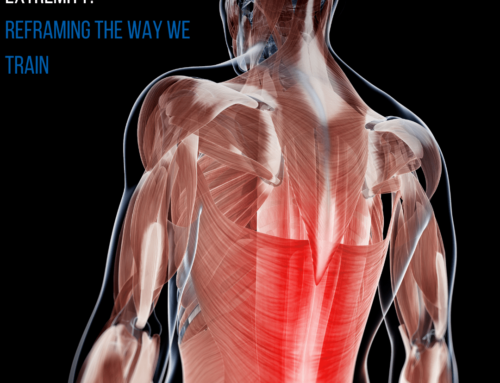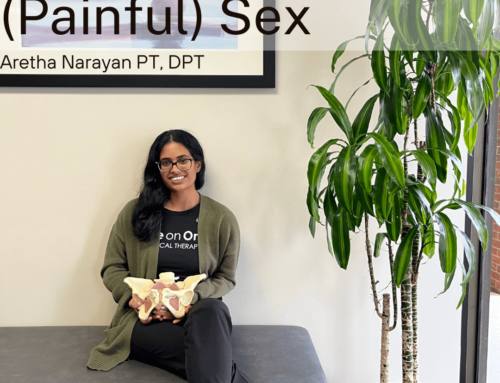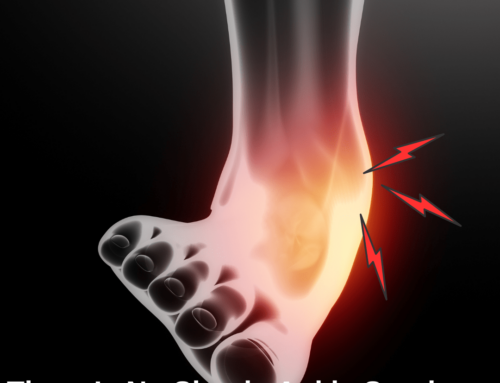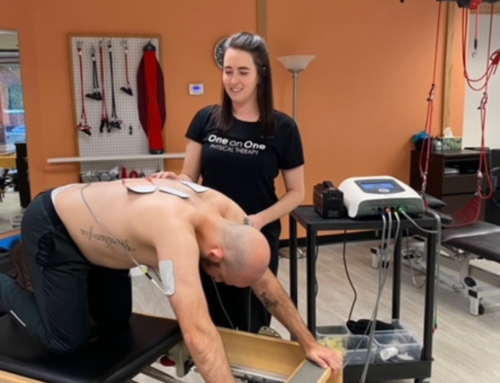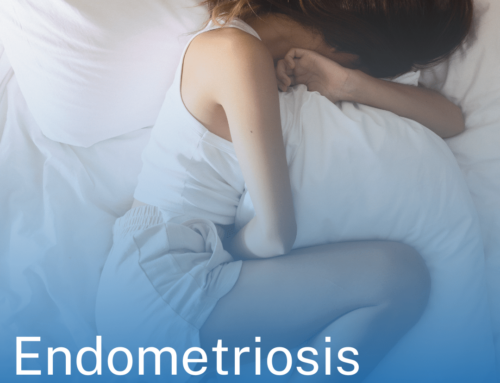Knee Pain No More
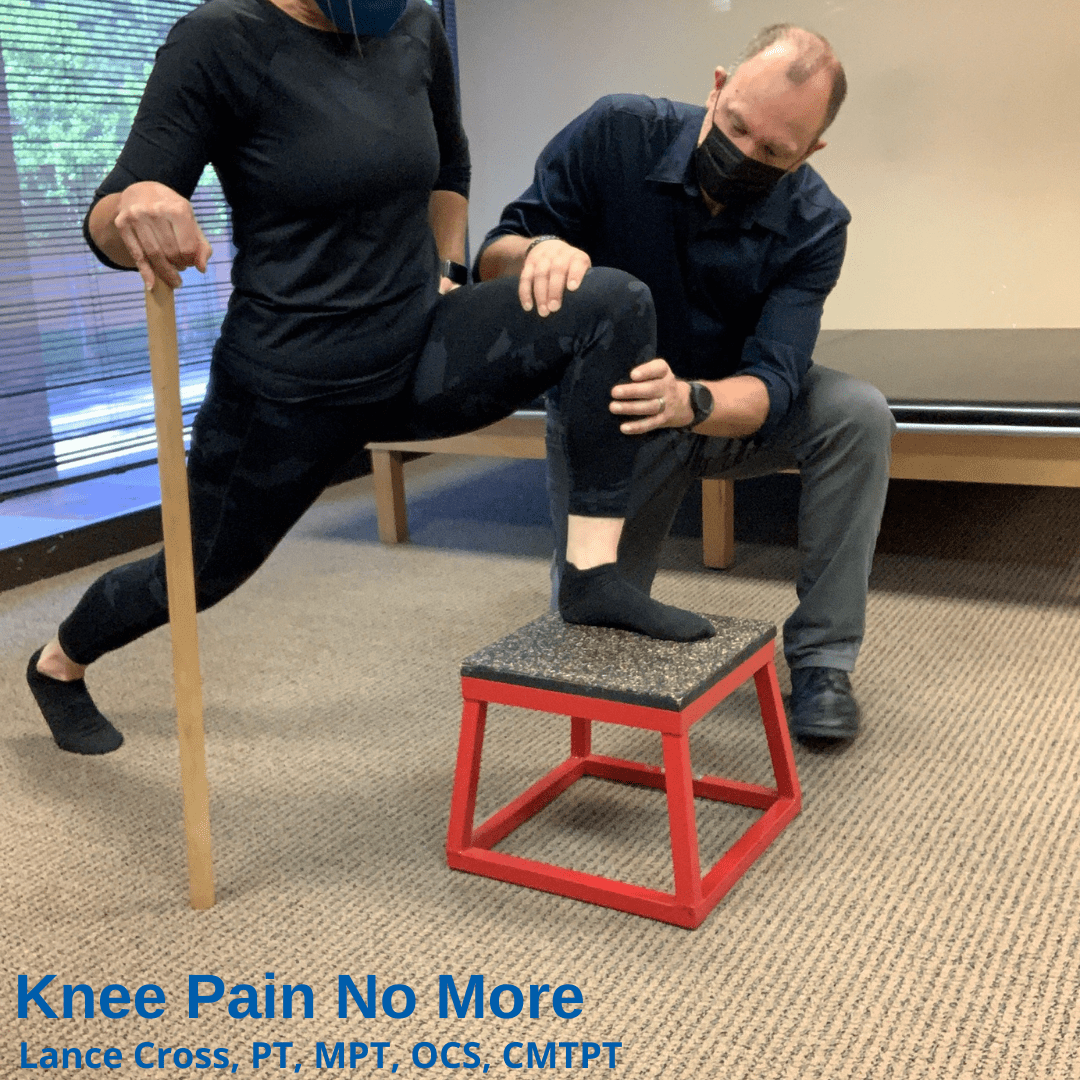
Is knee pain ruining your swagger? Have you been diagnosed with osteoarthritis, chondromalacia, or a meniscus tear? Are you concerned that you’ll need surgery or that you won’t be able to enjoy your favorite activities? Well, you can jump to the conclusion that there is hope to overcome the difficulty with the right therapeutic approach and knowledge.
What about the “damage” that has been seen on x-ray or MRI?
Normative studies show about 65% of asymptomatic people above the age of 40 have meniscus tears and recognizable degenerative changes in the joint. This suggests that other factors are at play with knee pain. In a few, not most, the degeneration or tear may be severe enough to be the main factor and may need to be addressed directly. The degree of pain is not the qualifying factor, however.
Why do we develop knee pain without trauma?
- As humans, we all gradually and insidiously develop subtle muscular and postural imbalances.
- One of the most common imbalance patterns involves inhibition of the muscles in the hips (Gluteus Maximus, Gluteus Medius, and Gluteus Minimus)
- When these muscles underperform we over use our thigh muscles (quadriceps).
- This leads to trigger points (miniature cramps of a few fibers in a muscle) that create tension in the joints and refer pain to the knee.
- Postural shifts can cause us to overload various areas within the knee which leads to inflammation.
What can be done?
Treatment with one or a combination of the following methods can help one regain and maintain a healthy knee. If more than one of these modes of treatment is to be used, it will be most successful if done concurrently.
- Physical Therapy with a focus on strength, joint mobility, postural correction, and functional body mechanics training.
- Strength – After being assessed strengthening of the Glutes and Quadriceps (https://onetherapy.com/acl-injury-prevention/)
- Joint Mobility – Ensuring hip, knee, and ankle joint mobility is ample to allow for fluid motion.
-
- Postural Correction – Exercises or manual techniques designed to reverse common postural imbalances that are developed over time.
-
- Blood Flow Restriction – Use of precisely prescribed compression about the lower extremity vascular system to enhance muscular gains with lower intensity exercise. (https://onetherapy.com/blood-flow-restriction/)
-
- Functional Body Mechanics Training – Improve motion patterns with running, walking, lifting, and athletic moves to create a more balanced use of musculature and to improve the distribution of forces through the knee and other joints as well.
- Knee Braces
- Offloaders help redistribute forces in the knee joint.
- Patellofemoral braces or taping helps to improve tracking of the knee cap to allow the joint surfaces to gain relief until the underlying factors can be resolved.
- Pharmacological Management
- NSAIDs – Can be used temporarily to reduce inflammation in the joint until the musculoskeletal system is rebalanced.
- Glucosamine & Chondroitin Sulfate – starts to work a bit more slowly than NSAIDs, but with less detrimental effects on the body.
- Corticosteroid injections – can help reduce inflammation in the joint until the musculoskeletal system is rebalanced.
- Hyalauronic Acid – acts as a lubricant for the knee.
- General Conditioning
- Weight loss has been shown to be helpful with reducing knee pain as well.
- Improvement in the diet can help reduce inflammation in the body.
- Refined recovery from exercise and athletic activity.
Want even more? Contact us at One on One Physical Therapy to schedule an appointment today!
About the Author:

Lance Cross, PT, MPT, OCS, CMTPT at One on One specializes in the use of Personalized Blood Flow Restriction for the treatment of individuals with chronic musculoskeletal injuries such as tendon tears and arthritis. He has been involved in research regarding chronic pain treatment and lectures to the Emory University Doctorate of Physical Therapy Program on the topic. Lance’s unique experience, education, and skills have helped him to refine a highly effective approach that is greatly benefiting those who are dealing with chronic pain. You can schedule an appointment with Lance by contacting One on One Physical Therapy, Atlanta Georgia via phone at 770-500-3848.
Lance Cross, PT utilizes Functional Synergistic Patterning & Personalized Blood Flow Restriction Training with his patients at One on One Physical Therapy in Atlanta. He is also a master of swagger!
